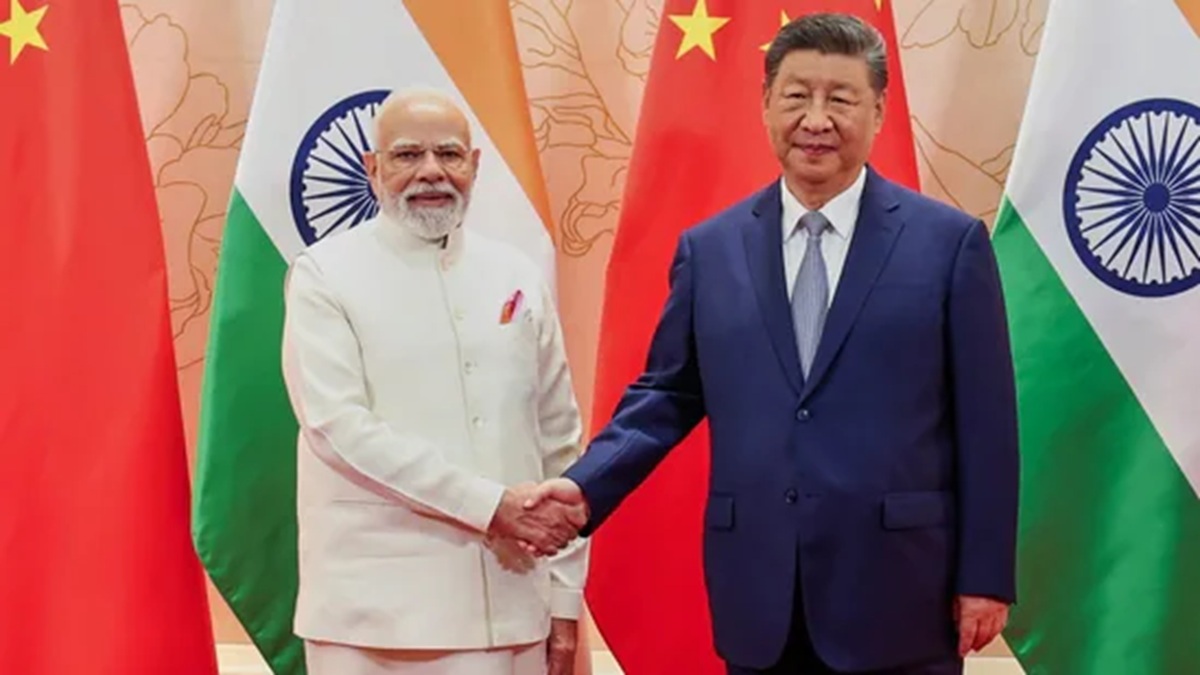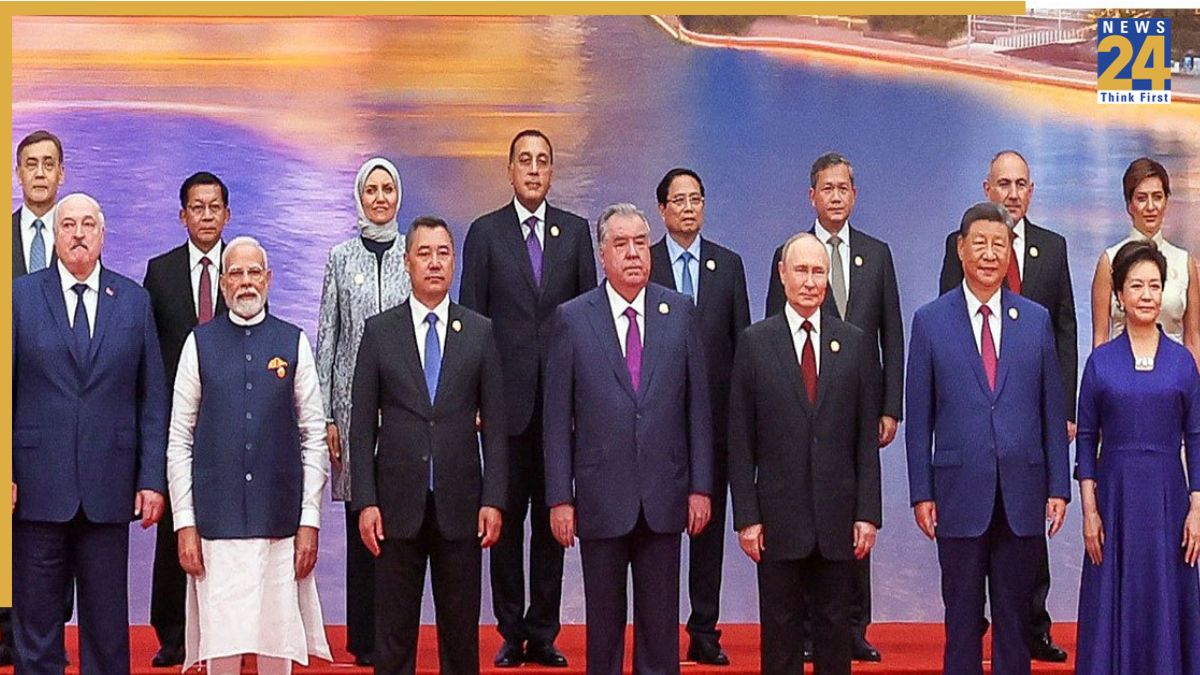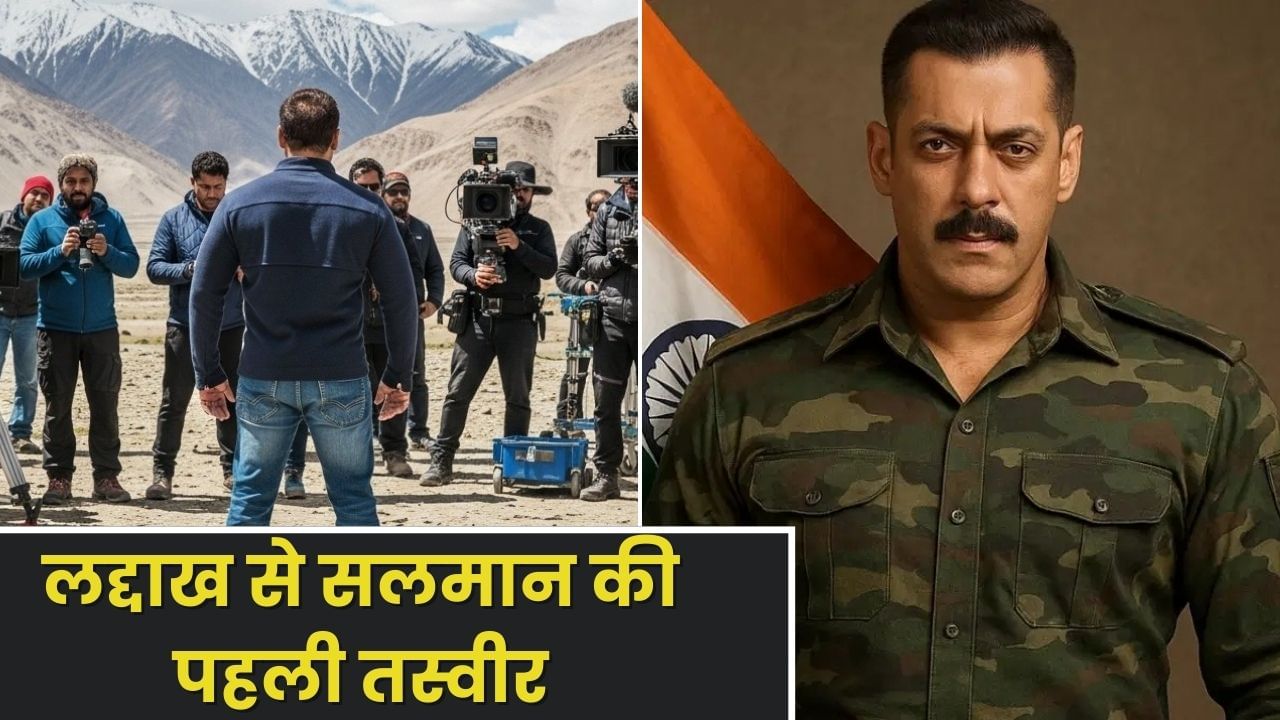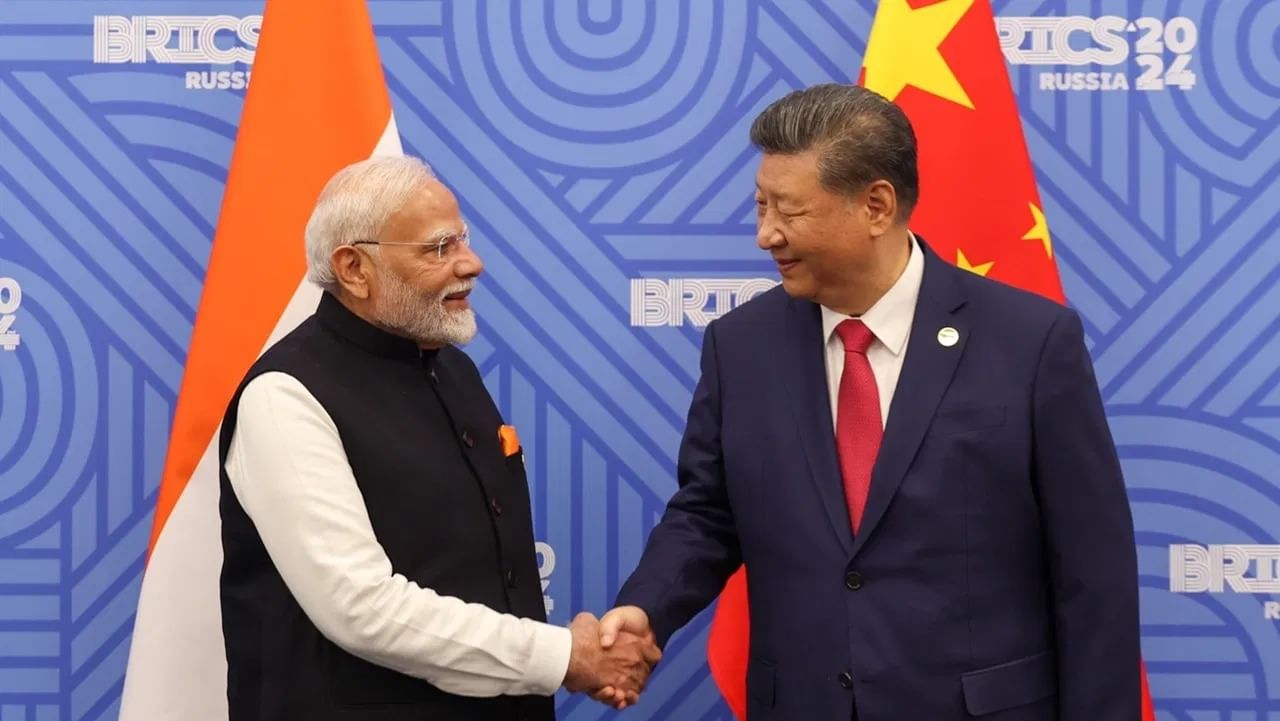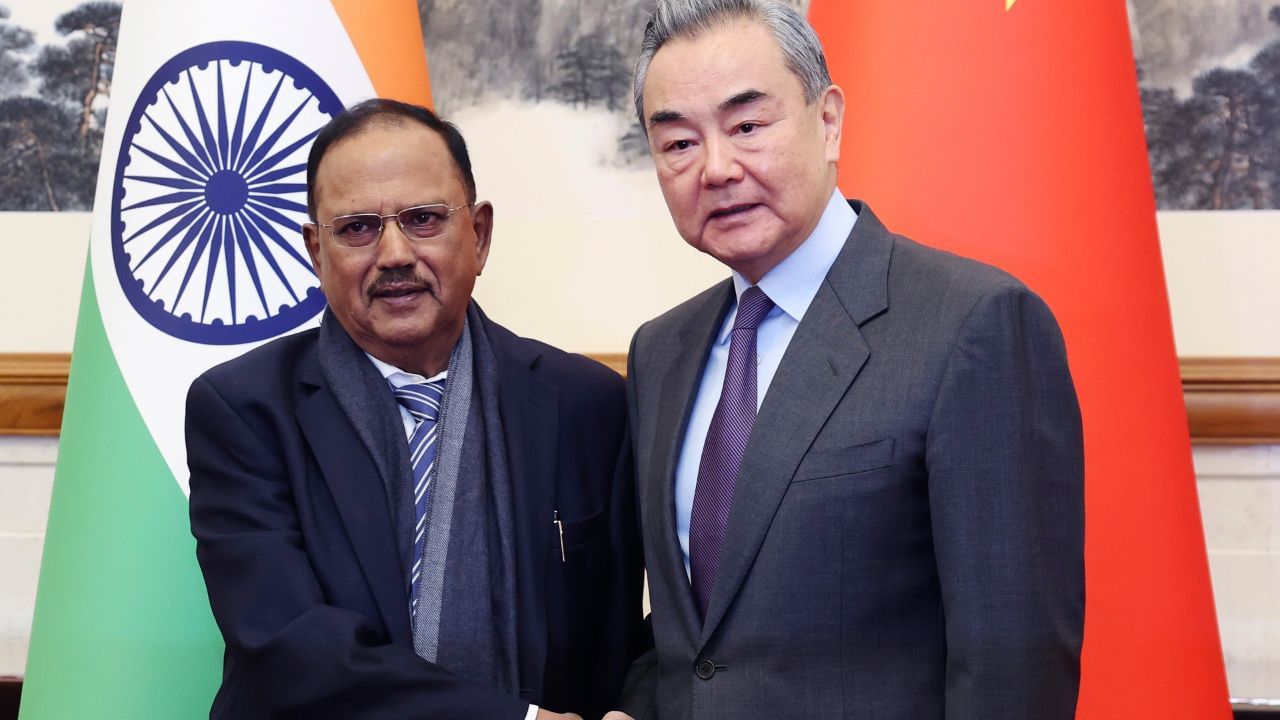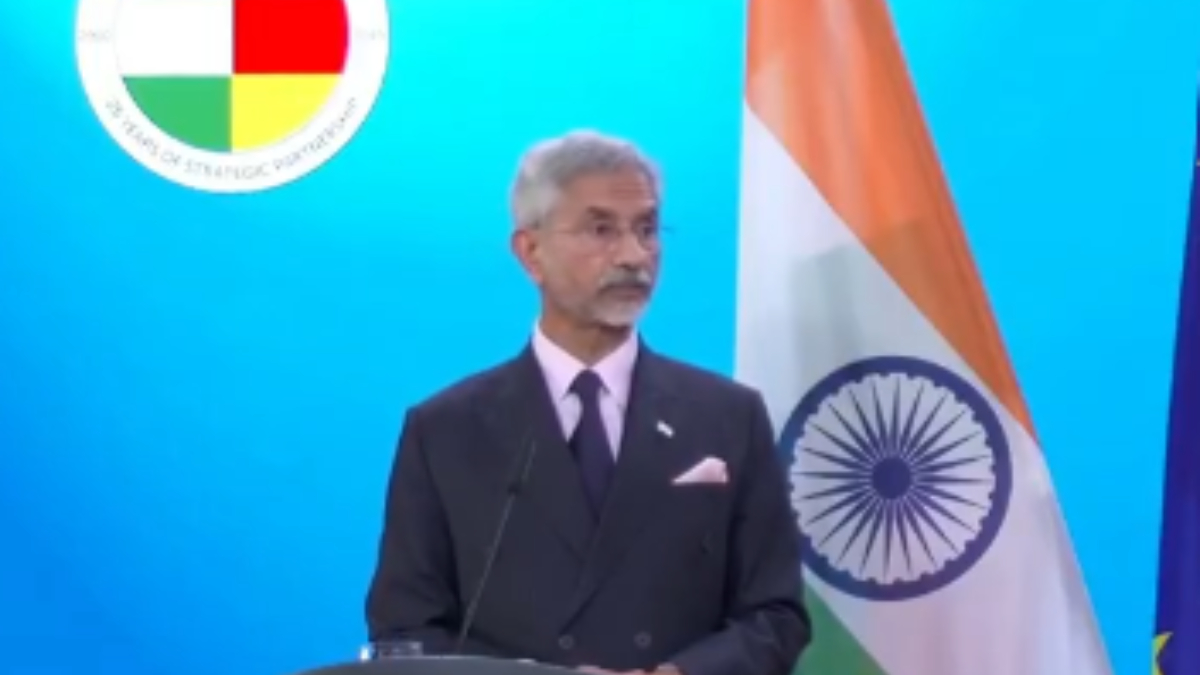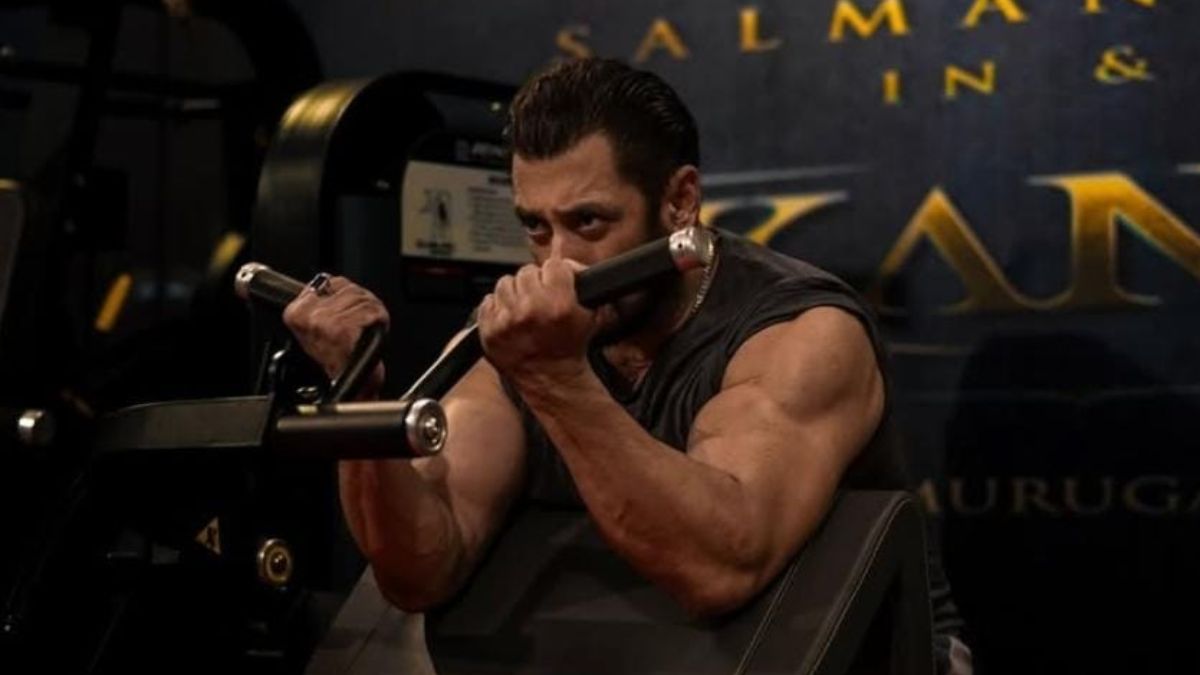Subscribe to Updates
Get the latest creative news from FooBar about art, design and business.
Browsing: Galwan Valley
Border Trade to Resume, Flights to Restart: India-China Relations on the Mend After Galwan
Chinese Foreign Minister Wang Yi, during a two-day visit to India, met with Prime Minister Narendra Modi on Tuesday. Prior to this…
Chinese Foreign Minister Wang Yi is in India for a two-day visit starting today. Discussions during Wang Yi’s visit may focus on…
External Affairs Minister S. Jaishankar is scheduled to arrive in Beijing, marking his first visit since the Galwan Valley clashes. The visit,…
Bollywood star Salman Khan has commenced intensive fitness training for his upcoming film, which is reportedly inspired by the Indo-China Galwan Valley…
Salman Khan is reportedly set to collaborate with Apoorva Lakhia for his next project, where he will portray an army officer. The…


